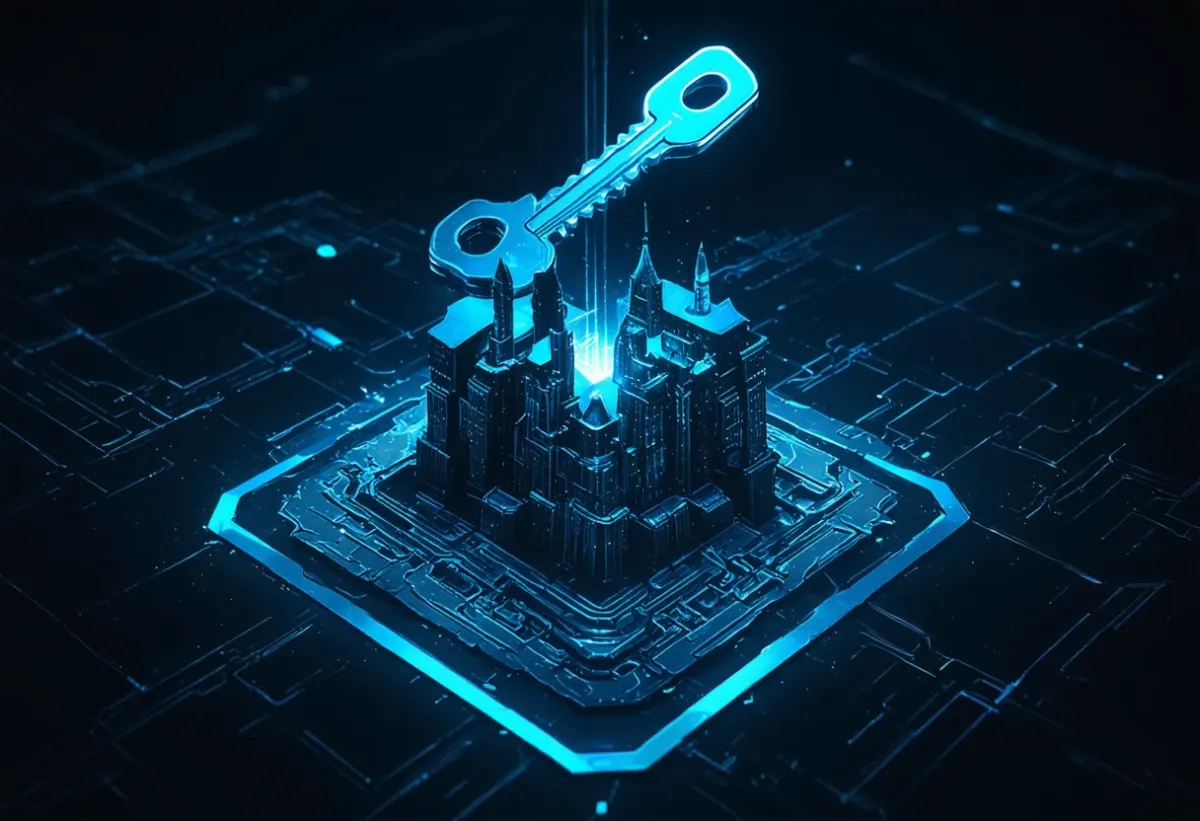The Technology Behind Passkeys: Public Key Infrastructure (PKI) Explained
A brief on public key infrastructure - the technology behind passkeys.

In the world of digital security, passkeys have emerged as a powerful alternative to traditional passwords. At the heart of passkey technology lies a robust system known as Public Key Infrastructure (PKI). This post delves into the intricacies of PKI and how it enables passkeys to provide enhanced security and user convenience.
Understanding Public Key Infrastructure (PKI)
Public Key Infrastructure is a set of roles, policies, hardware, software, and procedures needed to create, manage, distribute, use, store, and revoke digital certificates and manage public-key encryption. PKI is the foundation that enables secure electronic transfer of information for various network activities, including e-commerce, internet banking, and confidential email. The key components are:
- Public and Private Key Pairs: The cornerstone of PKI is the use of asymmetric cryptography, which involves a pair of keys:
- Public Key: Shared openly and used to encrypt data or verify digital signatures.
- Private Key: Kept secret by the owner and used to decrypt data or create digital signatures.
- Digital Certificates: Electronic documents that prove the ownership of a public key. They typically include:
- The public key
- Information about the key owner
- The digital signature of a Certificate Authority
- Certificate Authority (CA): A trusted entity that issues and manages digital certificates.
- Registration Authority (RA): Verifies the identity of entities requesting their digital certificates to be stored at the CA.
- Certificate Repository: A database of active digital certificates.
- Certificate Revocation List (CRL): A list of certificates that have been revoked before their scheduled expiration date.
Source: What is Public Key Infrastructure? (JumpCloud)
How PKI Powers Passkeys
Passkeys leverage PKI to create a secure, phishing-resistant authentication method. Here's how it works:
- Key Generation: When a user creates a passkey for a website, their device generates a public-private key pair.
- Registration:
- The public key is sent to the website's server and associated with the user's account.
- The private key is securely stored on the user's device, often protected by hardware-level security measures.
- Authentication:
- When logging in, the website sends a challenge to the user's device.
- The device uses the private key to sign this challenge.
- The signed challenge is sent back to the website, which verifies it using the stored public key.
- Website Binding: The public key is cryptographically tied to the specific website, preventing its use on phishing sites.
Advantages of PKI in Passkeys
- Phishing Resistance: Since the private key never leaves the user's device and is bound to specific websites, phishing attempts become ineffective.
- No Shared Secrets: Unlike passwords, there's no shared secret that could be intercepted or stolen from a server database.
- Strong Security: The cryptographic strength of PKI makes it extremely difficult for attackers to break the system.
- Non-reusability: Each passkey is unique to a specific website, limiting the impact of potential breaches.
- Scalability: PKI can handle large numbers of users and services efficiently.
Public Key Infrastructure forms the backbone of passkey technology, offering a leap forward in both security and usability for online authentication. By leveraging the power of asymmetric cryptography, PKI enables passkeys to provide phishing-resistant, user-friendly authentication that addresses many of the shortcomings of traditional password systems. As this technology continues to evolve and become more widespread, it promises to significantly enhance the security landscape of digital interactions.